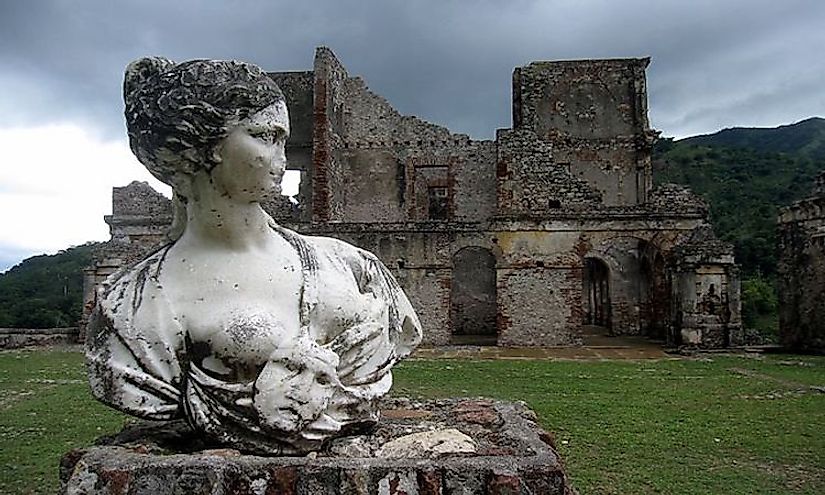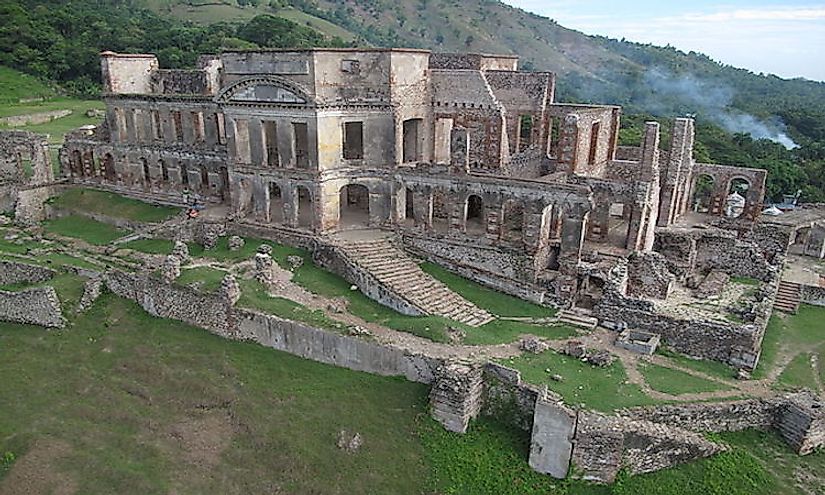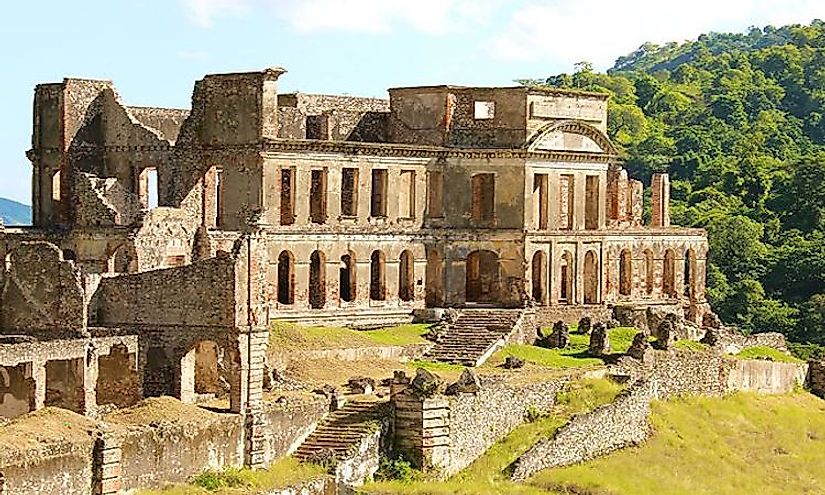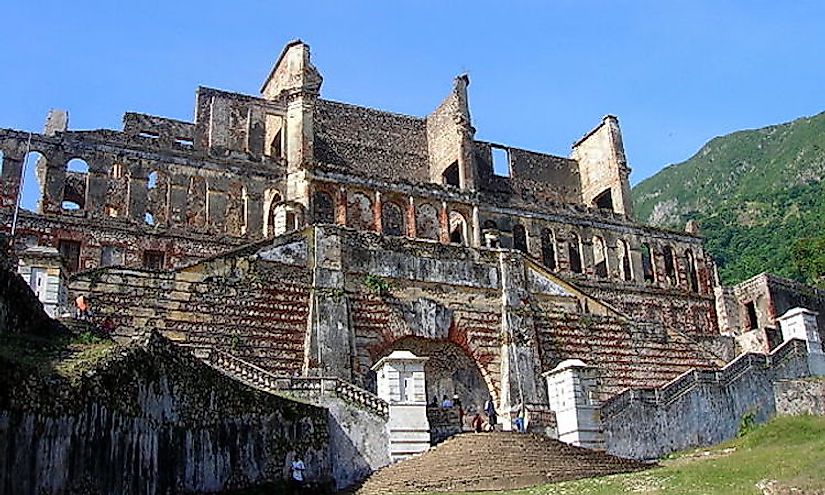Sans-Souci Palace Of Milot, Haiti

5. Description and History -

The sans-Souci Palace was constructed between 1810 and 1813 and is situated in the town of Milot in Nord Department, Haiti. It was built by King Henry the first which became his royal residence together with his wife and their two daughters. During the Asian Revolution, the now Milot town was a French plantation under Henry Christophe’s management, who was known for his ruthlessness. When the construction was completed, the palace had several gardens, artificial springs, a system of waterworks and was a famous site for feasts and dances. Even though the number of the workers who died during the construction is not known, it clearly shows the power and the capability of the black race. The site is one of the most largest and imposing building of the West Indies.
4. Tourism -

The Sans-Souci Palace is an important tourist attraction site in Haiti and the entire Western Hemisphere. It was inscribed by UNESCO on the World Heritage list as a cultural site in 1982. Even though the City of Cap-Haitien is peaceful, on rare occasions do tourist visit the site due to the political instability and lawlessness in the country which is in higher percentages within the country’s capital city. Irrespective of all that, the site at large has provided job opportunities for several locals as most are trained in the history of the region and palace at large hence are employed as tour guides to take tourists around the palace upon their visit. Taxis are the preferred mode of transport while local goods such souvenirs are made and sold at or within the Palace.
3. Uniqueness -
The king ordered the sans-Souci palace to be uniquely designed and built with the architectural complex of its kind. It has a classical symmetrical building front with baroque double stairway and vestiges of adjoining gardens, canals, basins, and pools. It was designed to house several administrative buildings, stables, residences of the royal family, barracks, prisons, hospital, and workshops for the various employees hired. The palace represents a high quality of creativity used and has remained the icon of the country for several years.
2. Nature, Sights, and Sounds -

The major part of the site was destroyed by the earthquake that occurred in 1842, but its ruins remain standing till date. The effects were adverse, and the building was destroyed beyond repair and the ruins were left to stand. The site still holds cultural importance to the locals as it reminds them of the imposed on black people by the Americans and Europeans.
1. Threats and Conservation -
After the irreparable damage done by the 1842 earthquake, the site faces other challenges like the looting of the site by the locals seen after the death of the King. Weakening of the foundation by rainwater and constant deforestation which puts the stability of the mountain at stake. All these factors have arisen due to the neglect of the site by the management which is charged with the responsibility of keeping all the cultural sites safe and in good condition.











